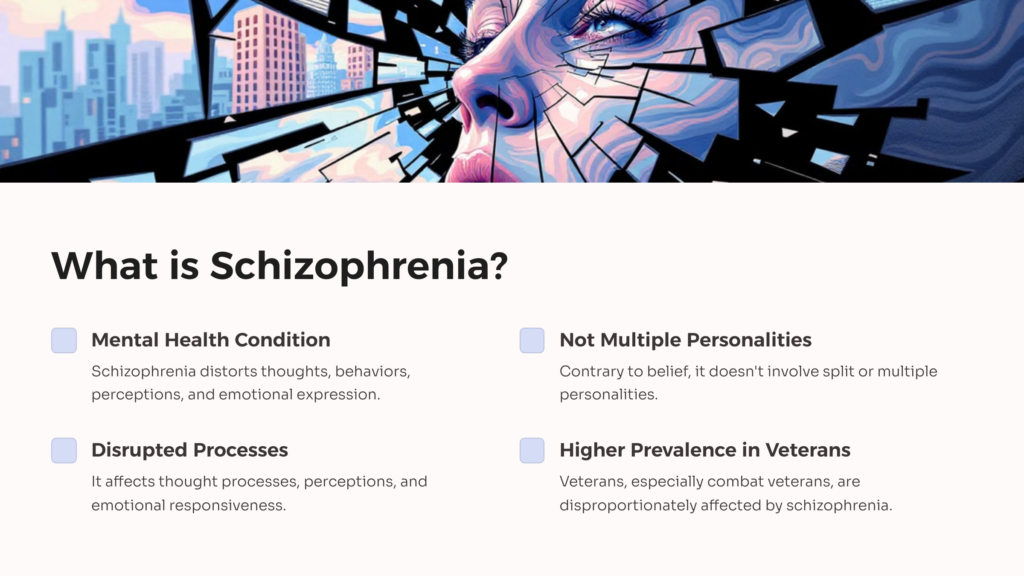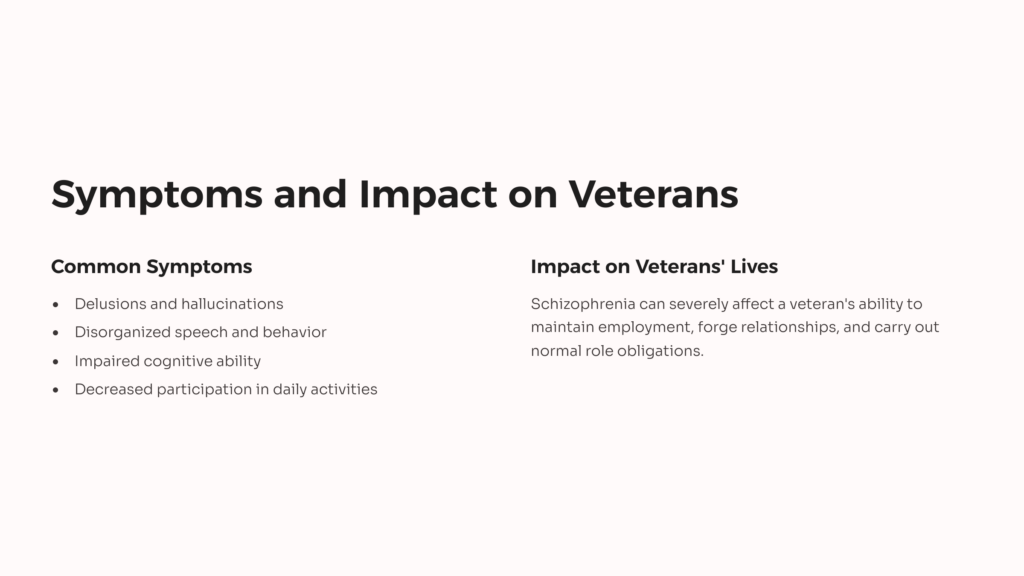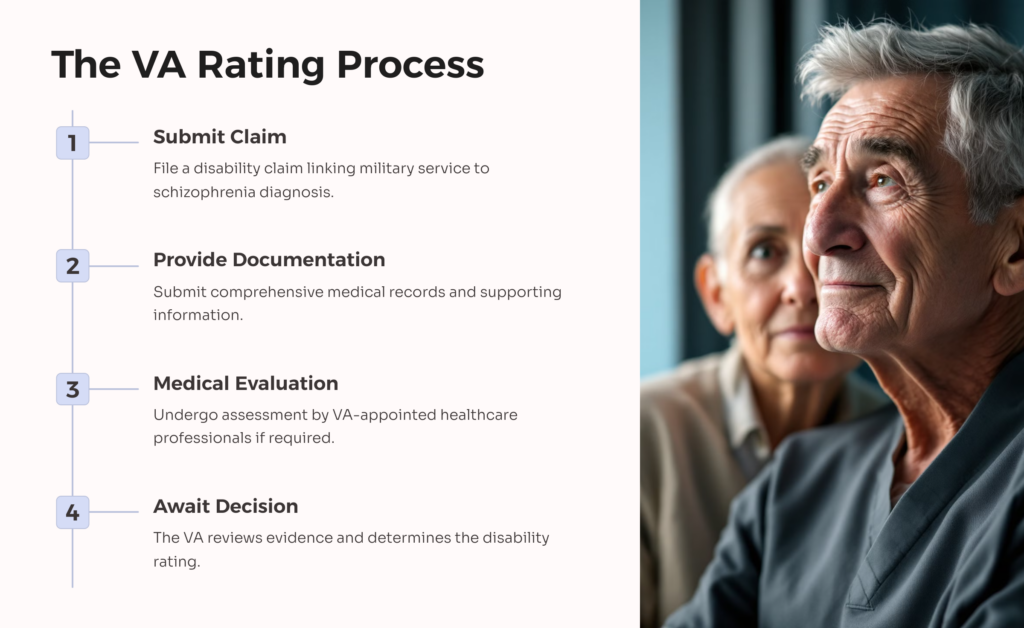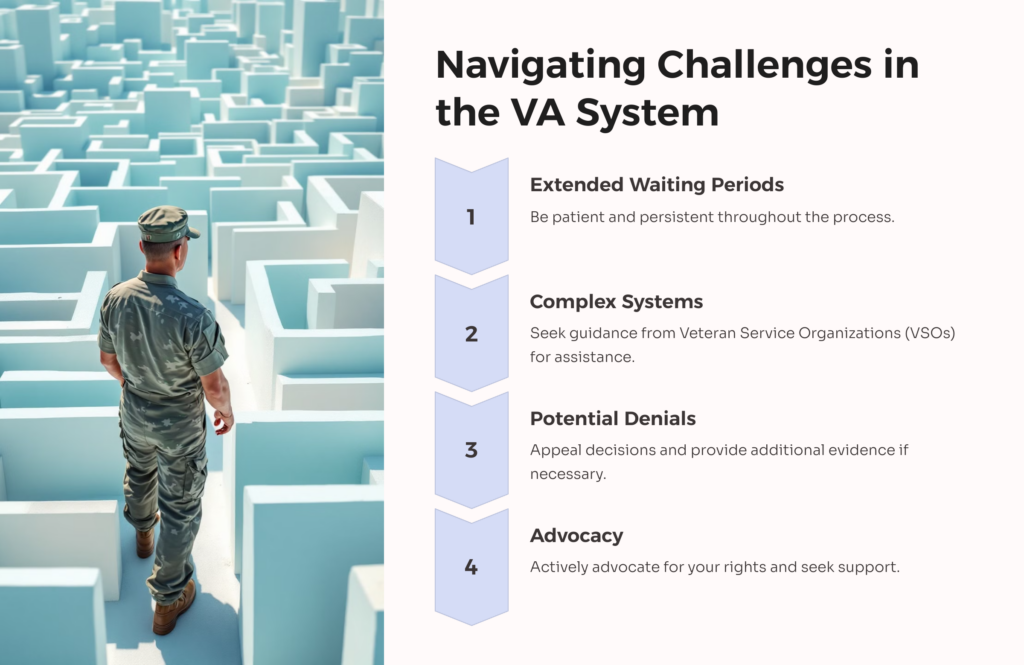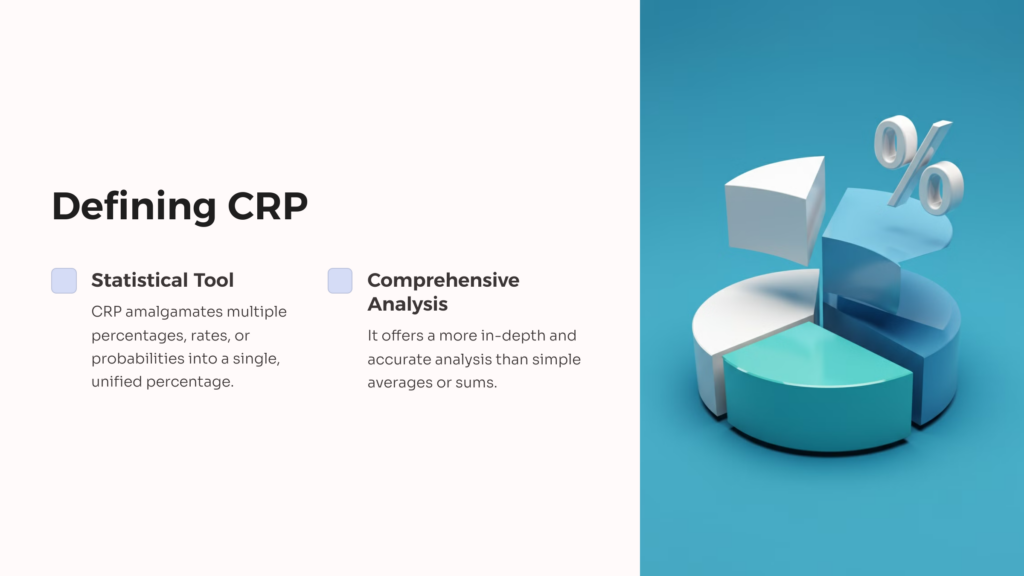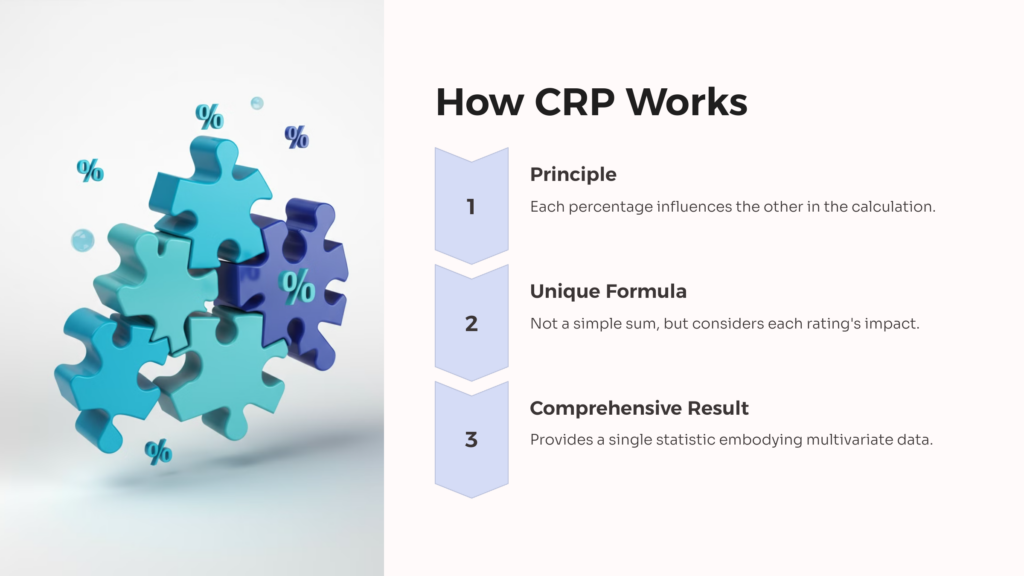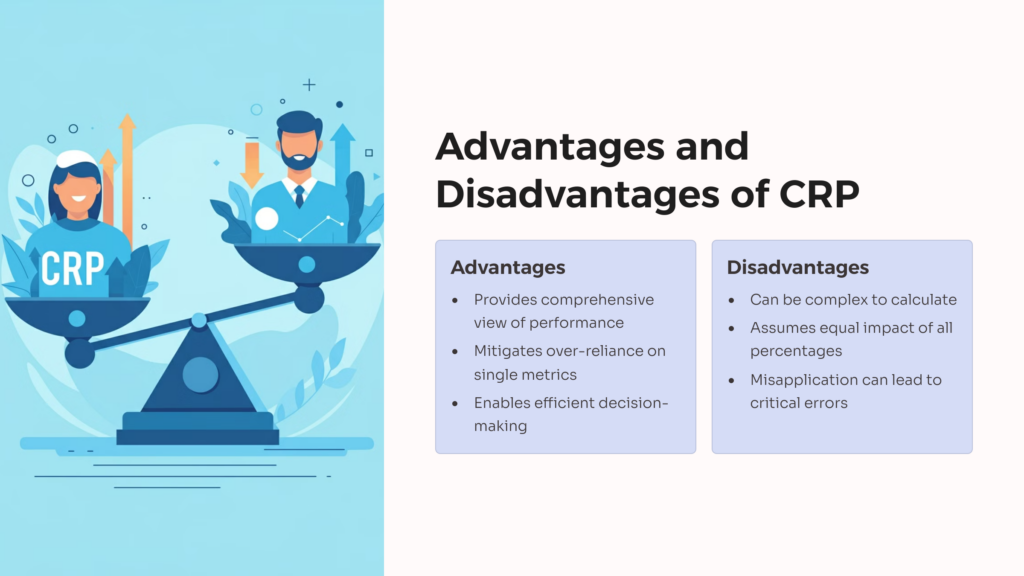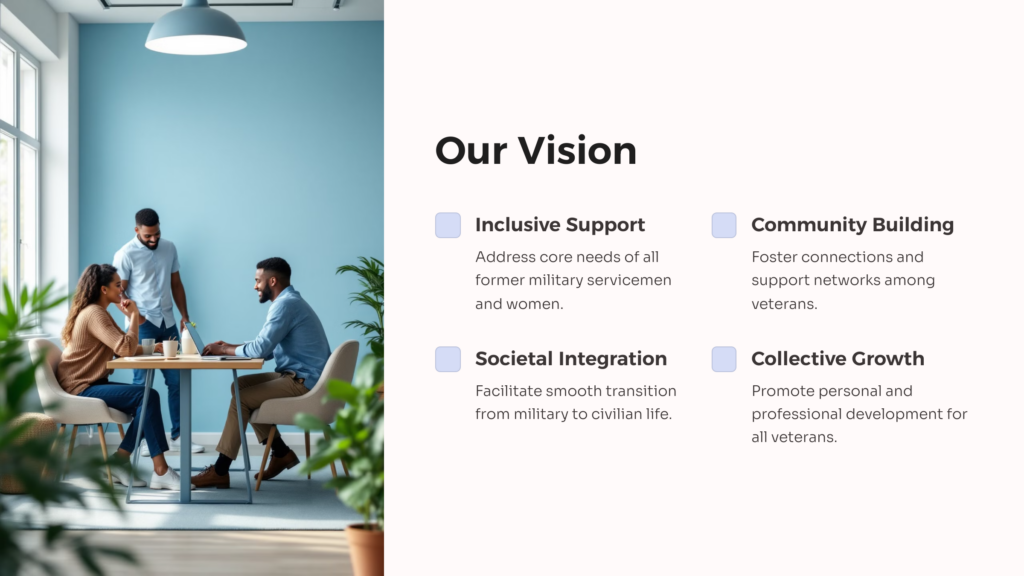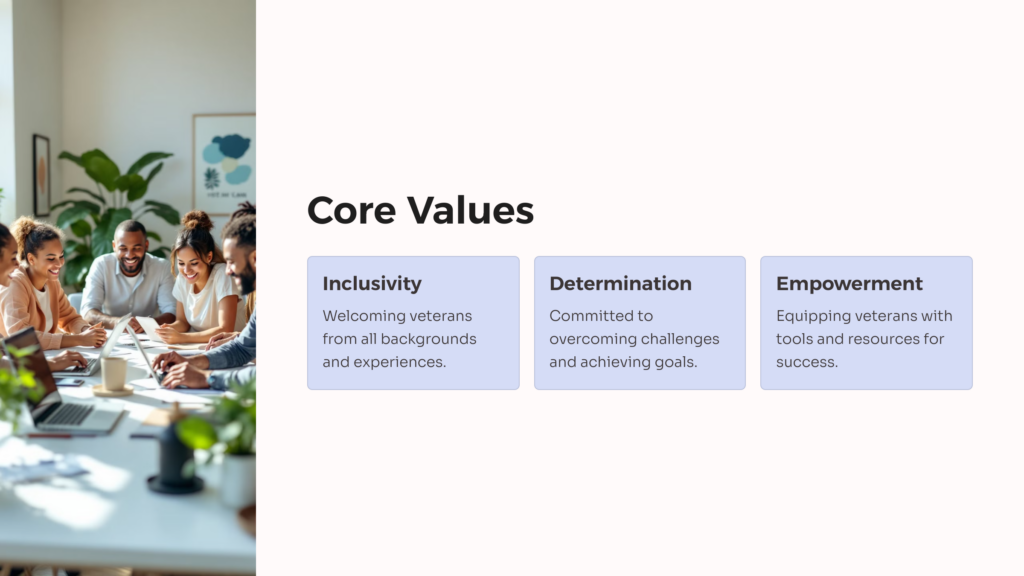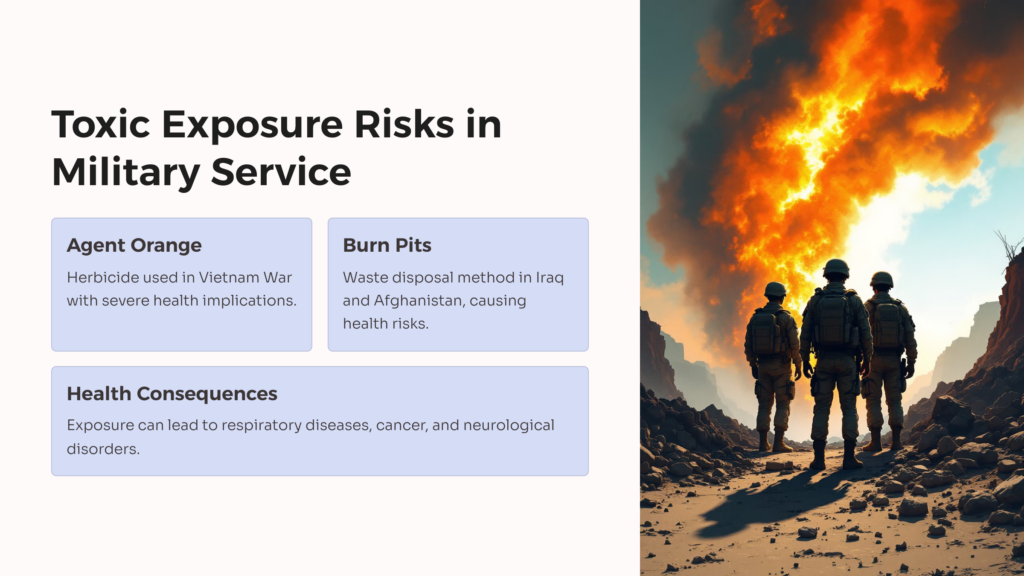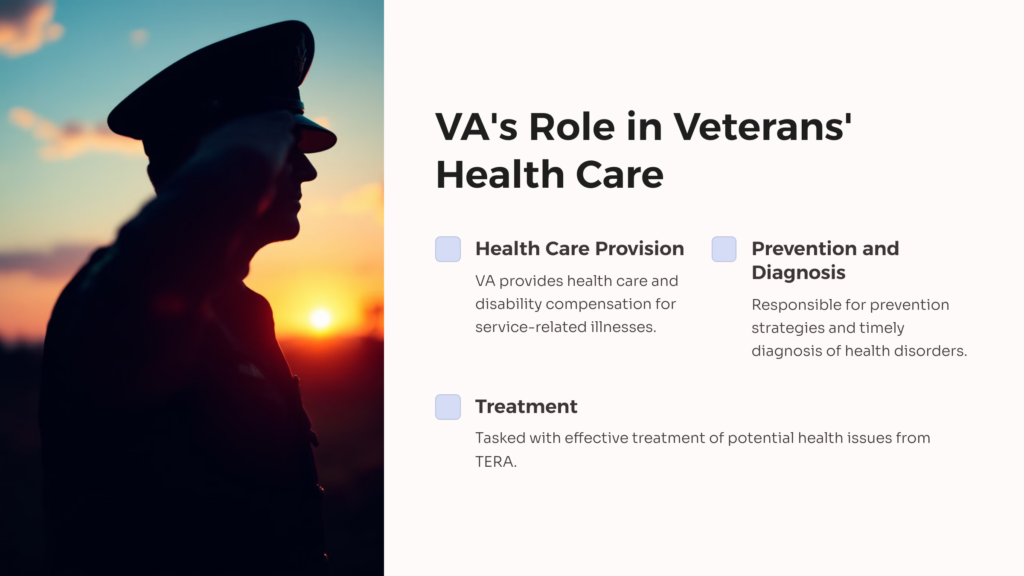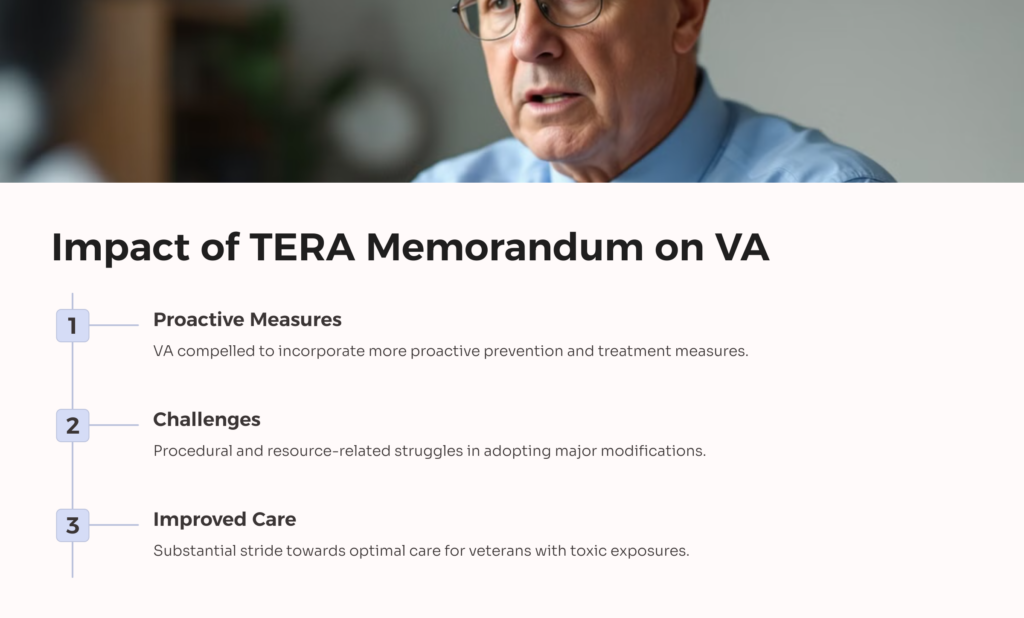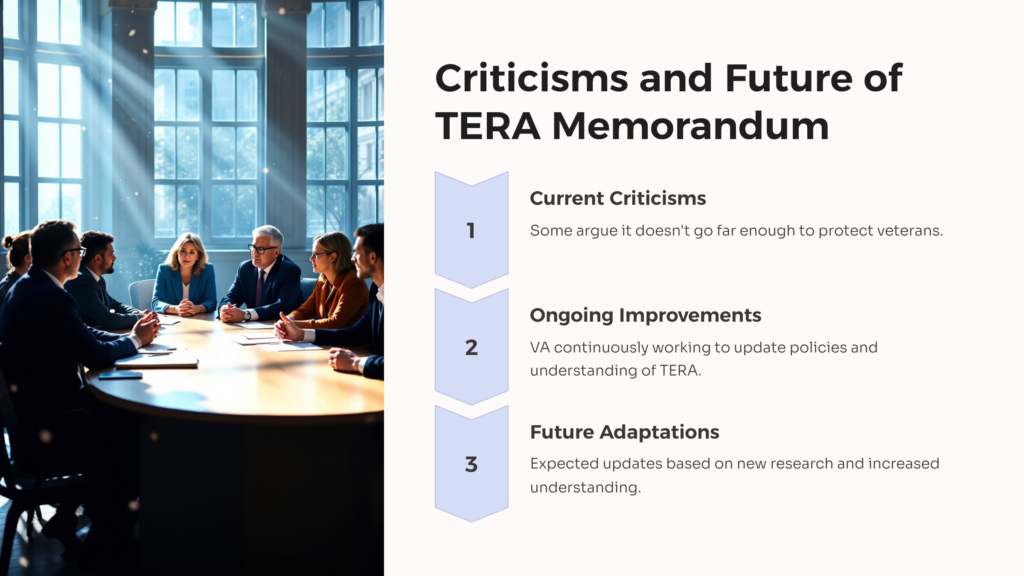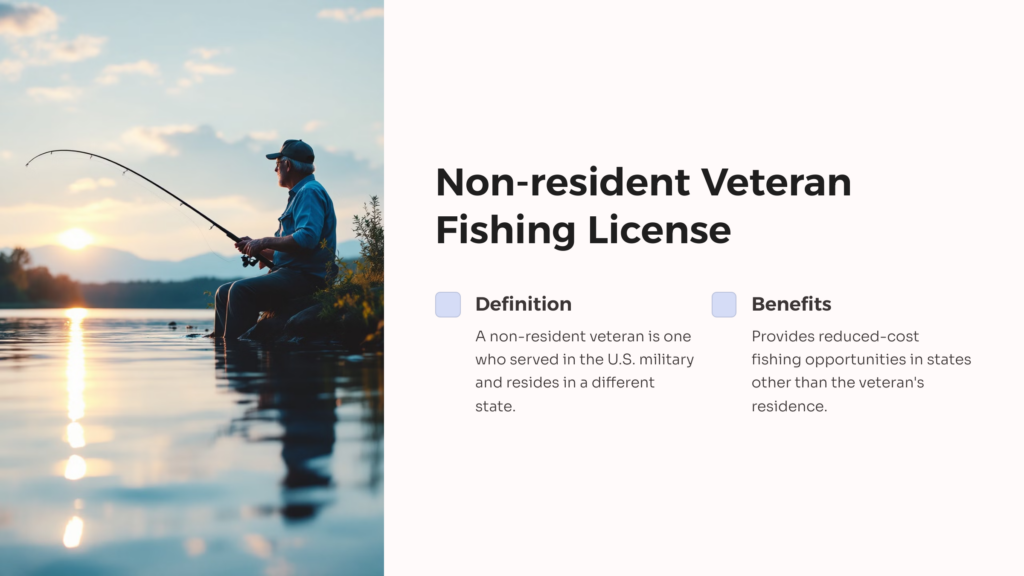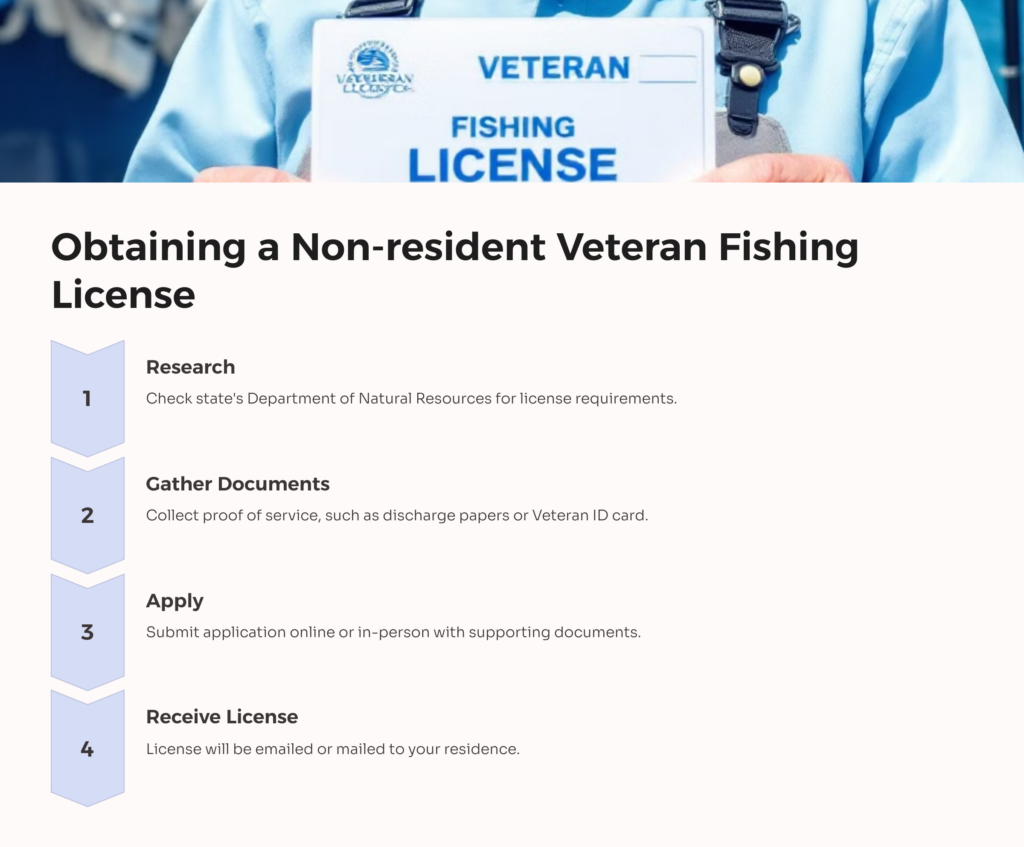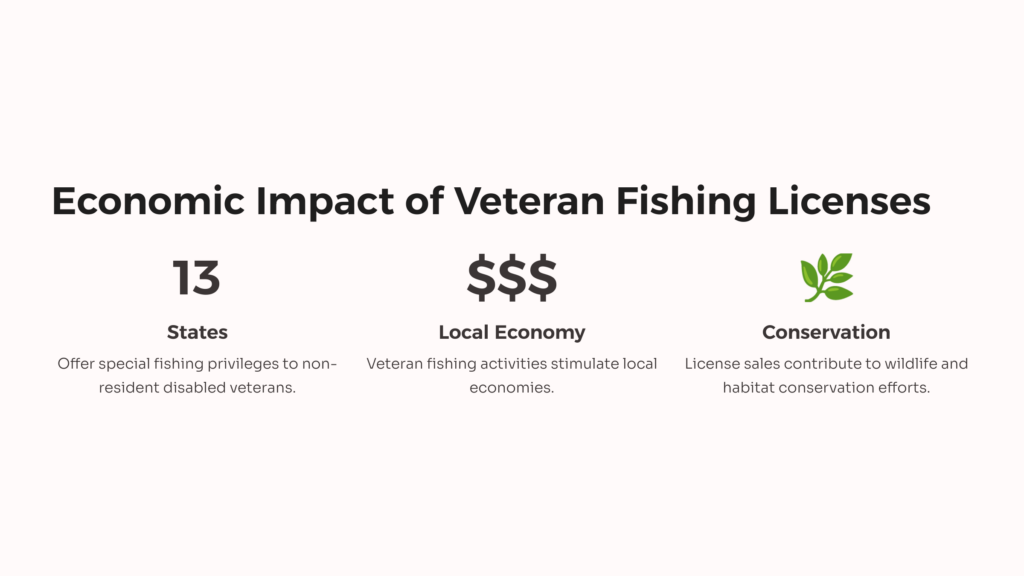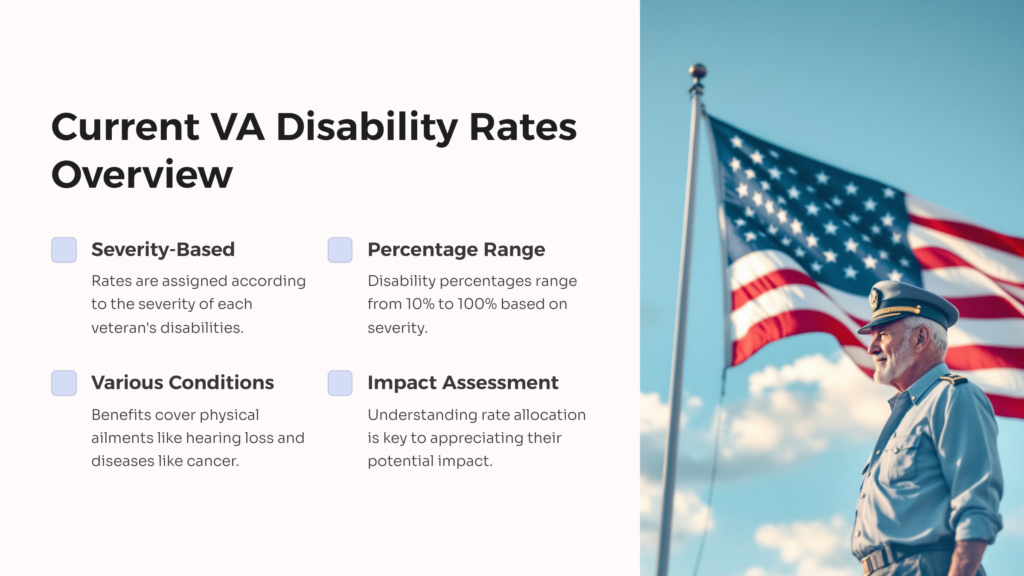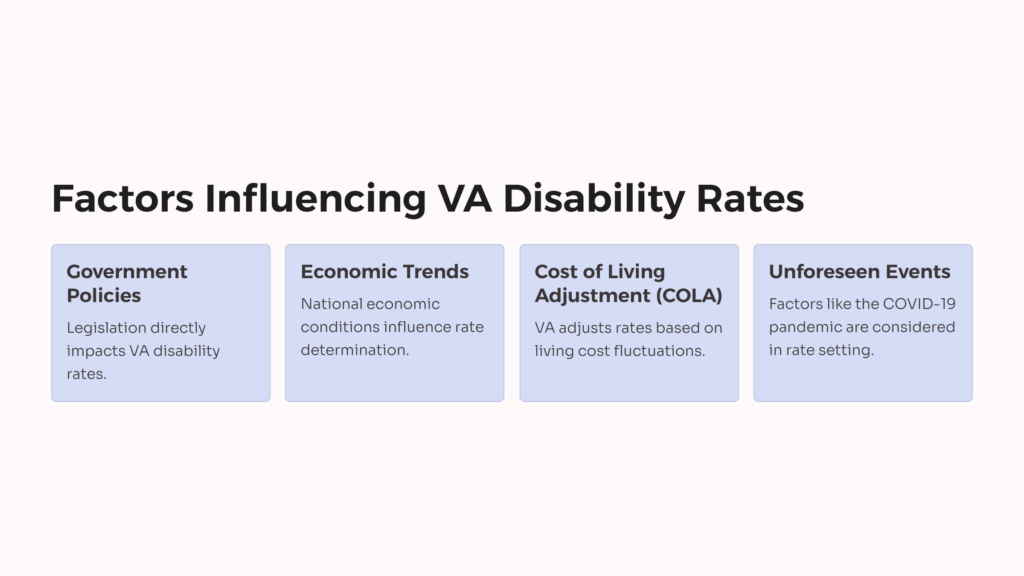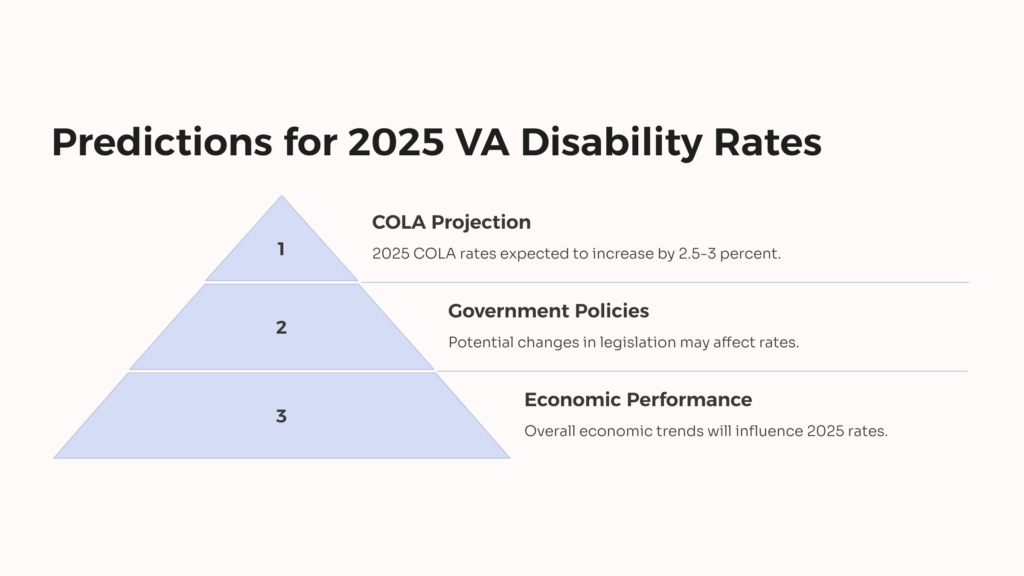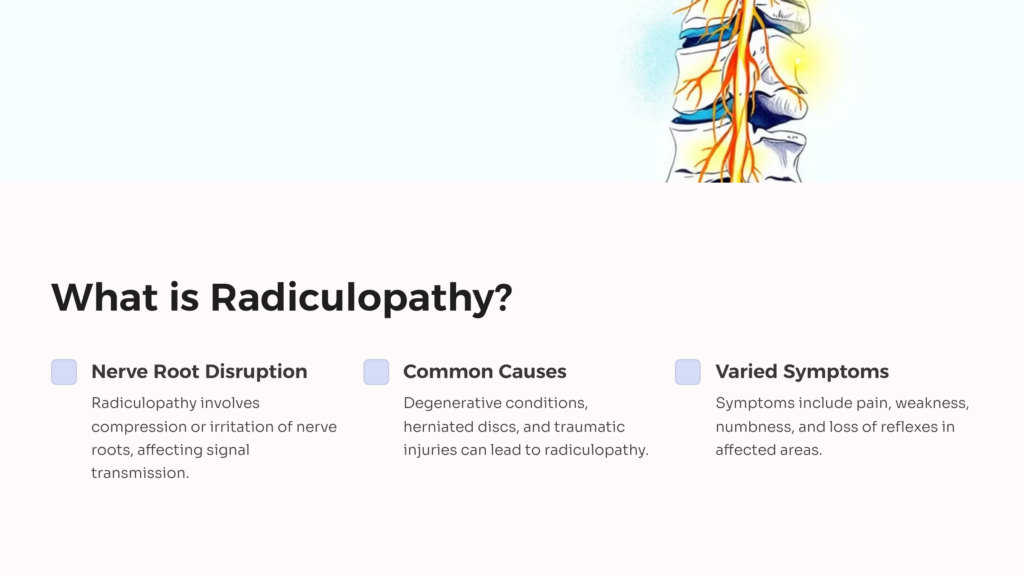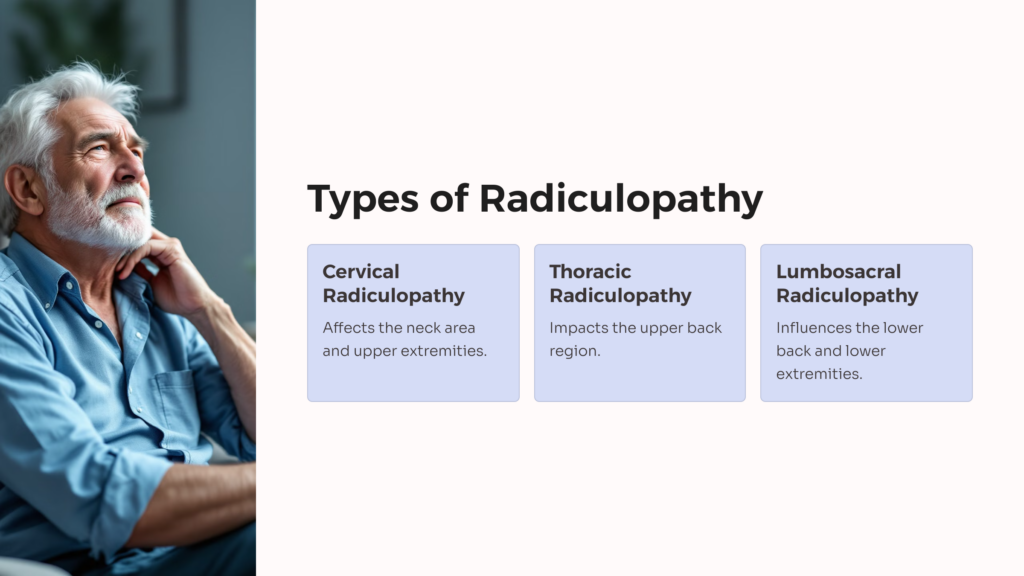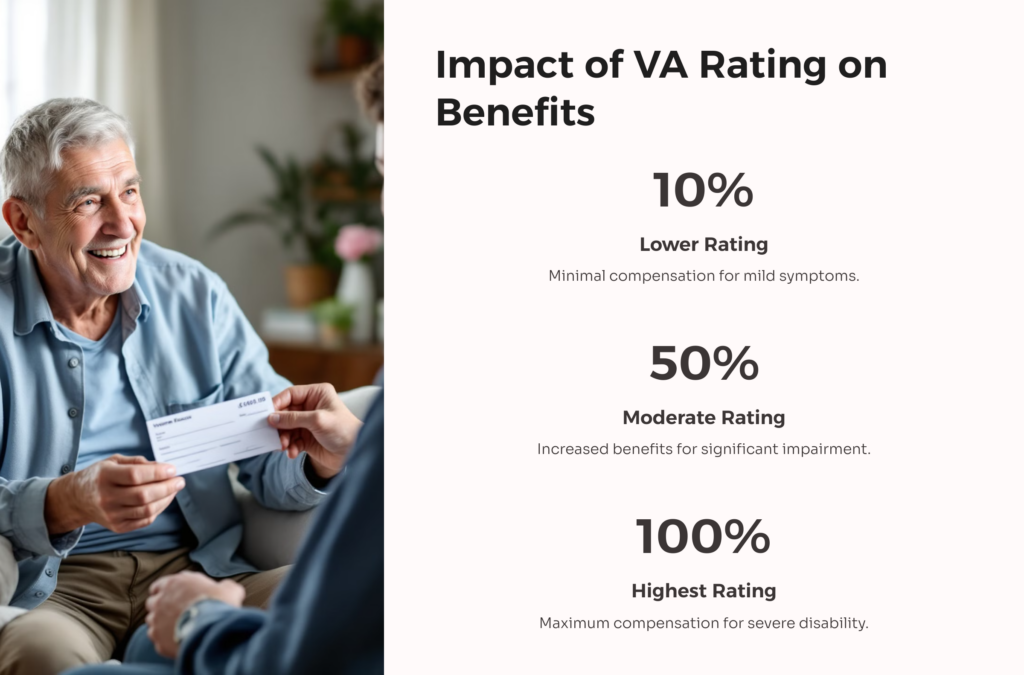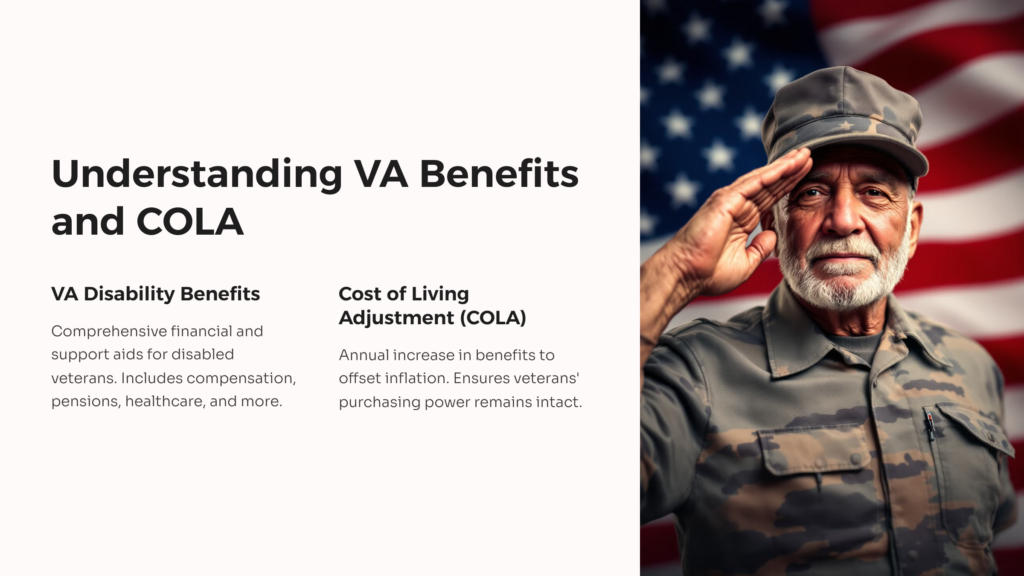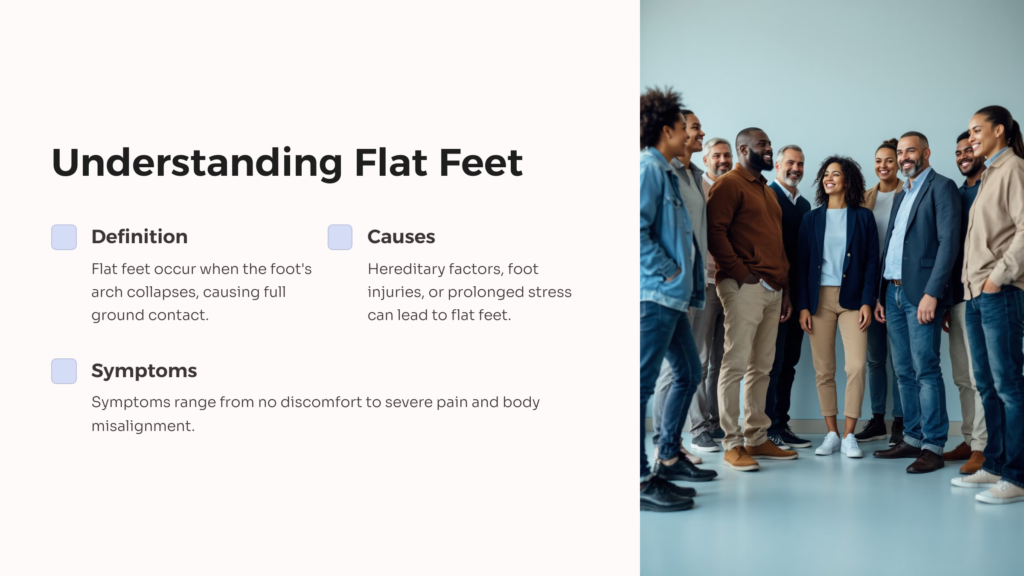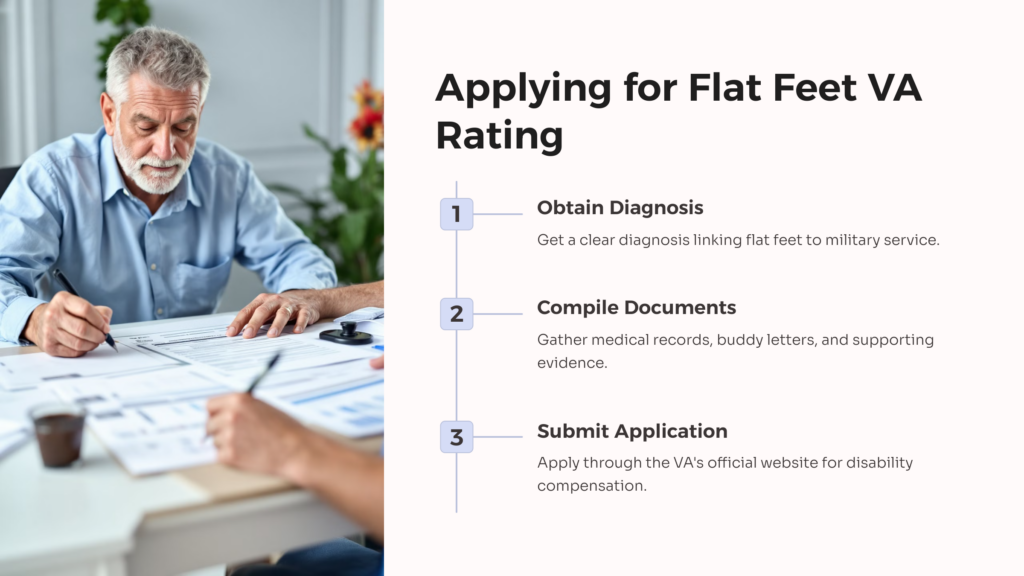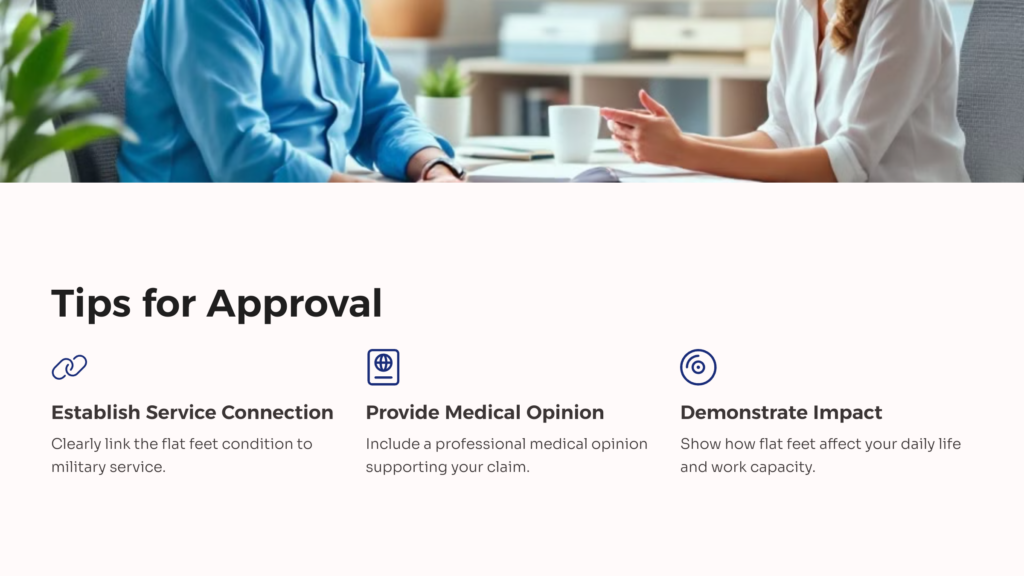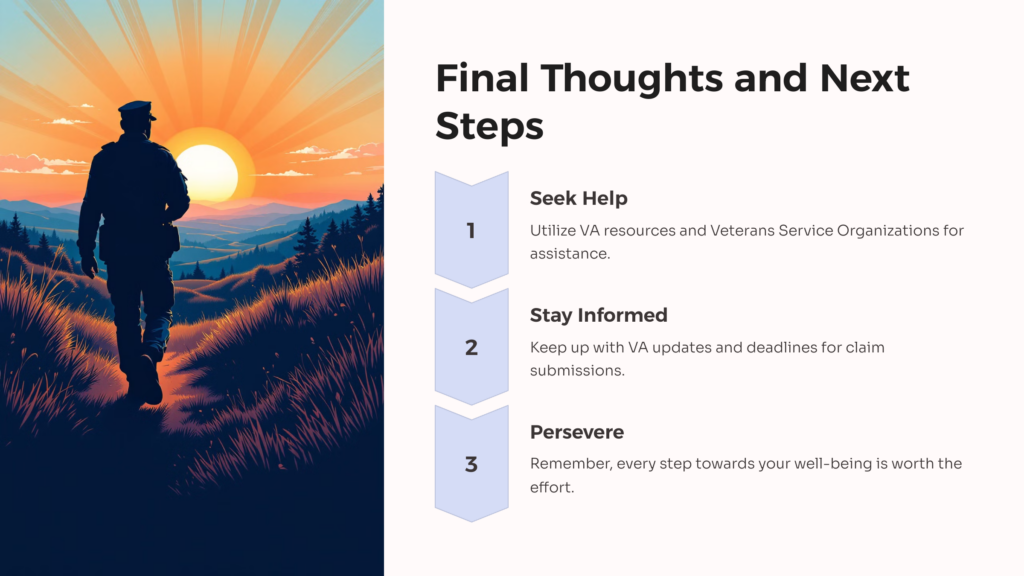Anxiety, in simple terms, is a feeling of worry, fear, or unease. It is a natural human response to stressful or unfamiliar situations. However, for some, these feelings of anxiety are intense, constant, and often interfere with their daily lives. This is often referred to as an anxiety disorder and is a diagnosable mental health condition. Among people living with anxiety disorders, a significant percentage are veterans. The relationship between anxiety and veterans is multi-faceted, often triggered by unique experiences, trauma, and the stress of transitioning back into civilian life. This article therefore aims to focus on an important aspect related to anxiety in veterans – the Veterans Affairs (VA) disability rating system.
Understanding Anxiety in Veterans
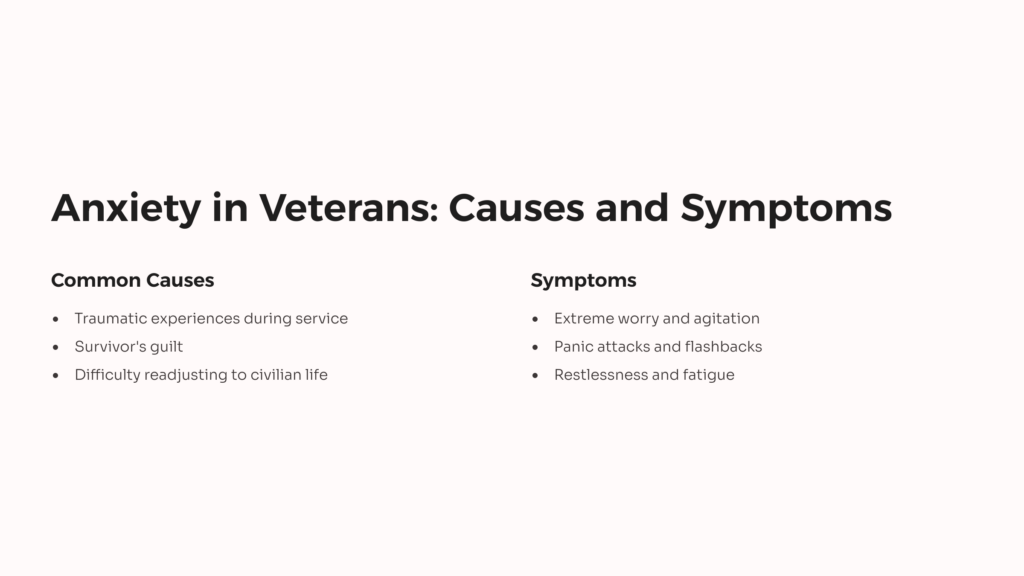
Anxiety in veterans can originate from various causes. Some of the most common ones include traumatic experiences they’ve had during their service, the guilt of surviving when others didn’t, or simply the process of readjusting to civilian life after service. Anxiety symptoms in veterans can manifest as extreme worry, agitation, restlessness, panic attacks, fatigue, flashbacks of combat experiences, or nightmares. Veterans may be diagnosed with more than one type of anxiety disorder, including panic disorder, post traumatic stress disorder, social anxiety disorder, or generalized anxiety disorder. According to the U.S. Department of Veterans Affairs, nearly 20% of veterans who have served in recent conflicts are diagnosed with an anxiety disorder, indicating a prevalent issue in our military community.
Detailed Explanation of the VA Rating System
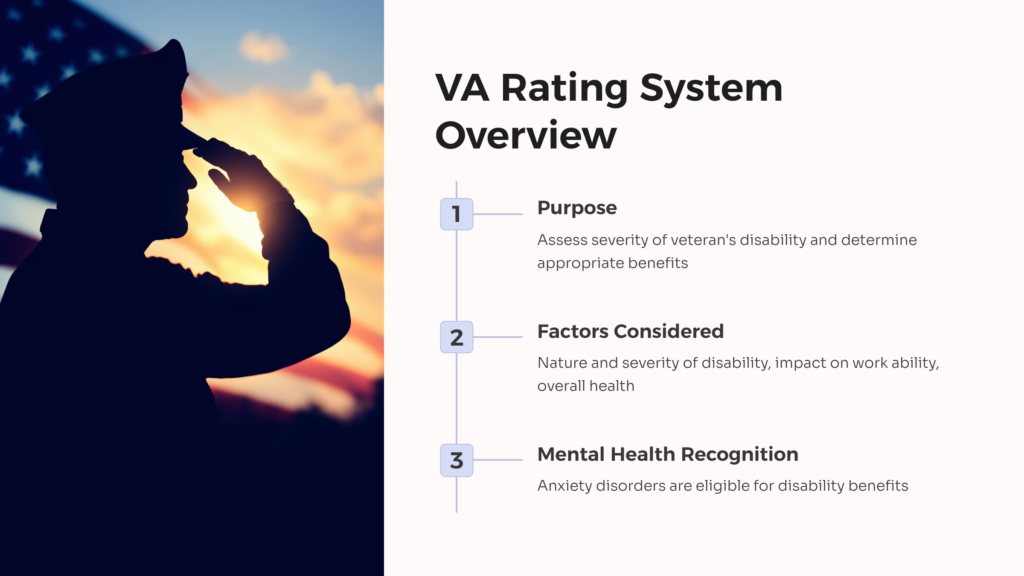
The VA rating system is a method by the Department of Veterans Affairs to assess the severity of a veteran’s disability and determine the amount of benefits they should receive. The system was introduced in an effort to ensure a fair, consistent manner of providing financial compensation to veterans based on the severity of their disabilities. Factors considered in the VA rating system include the nature and severity of the disability, its impact on the veteran’s ability to work, and the veteran’s overall health condition. The VA rating system recognizes the impact mental health has on quality of life and overall health, and so does view mental health conditions as eligible for disability benefits. Any veterans experiencing an anxiety disorder or any mental health condition can file a disability claim with the VA to receive disability benefits which can help with treatments, financial support, and overall quality of life.
VA Rating for Anxiety: A Deep Dive
The VA rates disabilities on a scale from 0% to 100%, in 10% increments. Each percentage represents a certain degree of disability and corresponds with a certain monthly compensation rate. For example, a 10% rating means a mild disability and receives the lowest compensation, while a 100% rating implies total disability and garners the highest compensation. Specific diagnostic requirements and criteria are used to assign these ratings, which could range from mild social anxiety to severe post traumatic stress disorder. The VA rating is crucial for veterans with anxiety as it directly impacts the level of support they can receive.
Benefits available to Veterans based on VA Rating
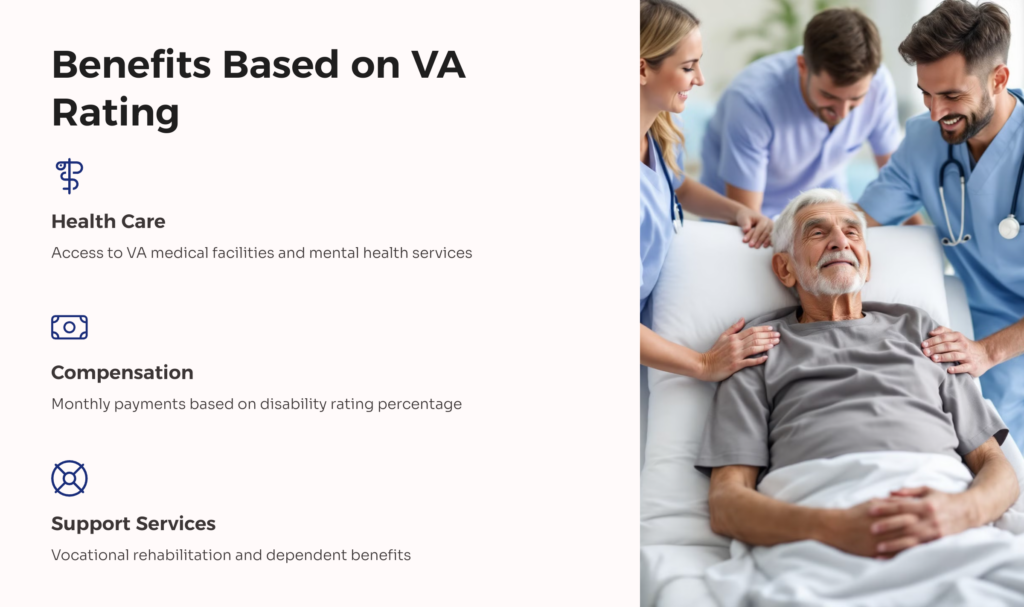
The benefits received by veterans vary based on their VA rating. These benefits can include health care services, monthly compensation, and additional support like vocational rehabilitation or dependent benefits. The process to apply for these benefits is available on the Veterans Affairs website and requires the submission of relevant documentation and evidence relating to the anxiety disorder.
How to Improve Your VA Rating for Anxiety
If veterans feel their initial VA rating does not accurately represent their level of disability, there are steps they can take to request a reevaluation. Seeking help from a mental health expert, gathering relevant medical records and personal statements, and regularly following up with the VA are all essential in this process. If they are still dissatisfied with the final rating, veterans do have the right to appeal it, following due process.
Challenges & Criticisms of the VA Rating System
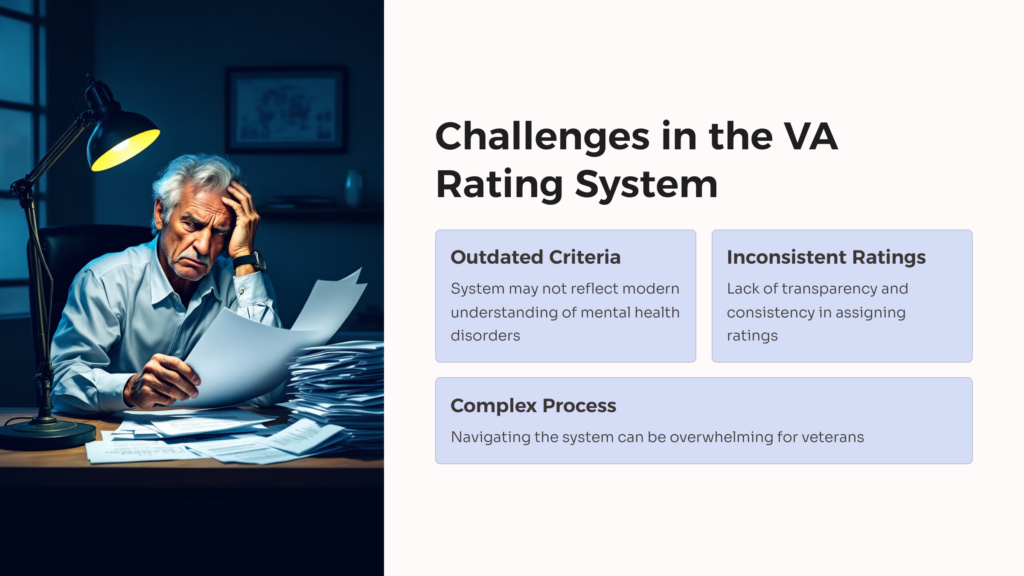
Despite the intention to aid veterans, the VA rating system has received significant criticism over the years. Critics claim that the system is outdated and does not reflect modern understanding of mental health disorders. Others suggest that the ratings are inconsistently assigned and there is a need for greater transparency and consistency. Various bodies and individuals advocate for a more holistic, modern approach to determining disability and VA disability compensation in the veteran population. Veterans have every right to receive VA benefits and updating the system can help more veterans receive the VA benefits they deserve to improve their quality of life after service.
Understanding the VA rating system for anxiety, and how to navigate it, is essential for any veteran battling with anxiety disorders. While the system has its criticisms, it remains a critical element of veterans’ support machinery in the United States.
The better informed you are, the better prepared you’ll be to treat, manage, and live with anxiety. Be proactive in seeking treatment if you’re experiencing symptoms of anxiety and share this information with fellow veterans who may be in a similar position. Remember, it’s not the struggle that defines you, but how you overcome it.
 AllVeteran.com Advisors
AllVeteran.com Advisors
With expertise spanning local, state, and federal benefit programs, our team is dedicated to guiding individuals towards the perfect program tailored to their unique circumstances.












